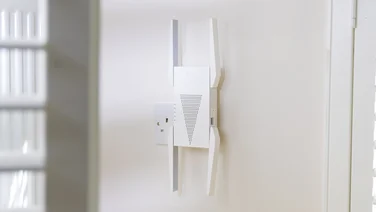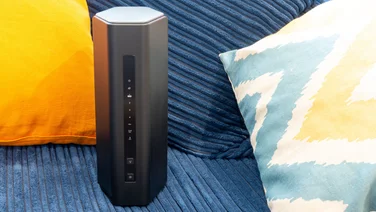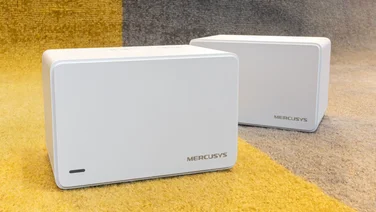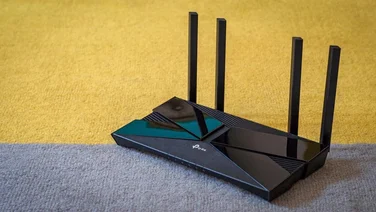To help us provide you with free impartial advice, we may earn a commission if you buy through links on our site. Learn more



D-Link’s 500Mbit/s HomePlug AV adaptors look a lot classier than most HomePlug kits – instead of industrial ridged plastic you get a smooth curved front with subtle connection icons. Also, unlike most HomePlug adaptors, but similar to other powerline adapters, the network port is on the side; this is more convenient if you’re plugging it into a wall socket that’s low off the floor, but may cause problems when plugging into four-way power adaptors.

Thanks to push-button security, we got the D-Link adaptors connected to each other without any fuss. D-Link’s powerline setup utility comes on a disc in the box, and is simple to use; we also found it worked with Solwise’s 500Mbit/s HomePlug AV adaptors, so you’ll be able to use it to set up a secure network with a mix of adaptors from different manufacturers, as long as they conform to the HomePlug AV standard.
We’ve had similar results in our transfer speed tests from Devolo, Edimax and Solwise’s 500Mbit/s HomePlug kits, leading us to think they’re all based on the same chipset. However, D-Link’s kit behaved rather differently. While the other HomePlug kits we’ve tested tended to get around 130Mbit/s at very close range, the D-Link kit could only manage 59Mbit/s. We thought our electrically-noisy lab may be at fault, but at home with most electrical items turned off we still only saw 66Mbit/s at close range compared to 130Mbit/s for the Edimax kit.

The D-Link adaptors were more impressive when plugged in 10 metres apart in our lab, managing 54.8Mbit/s, which is slightly faster than the 46-50Mbit/s we’re used to seeing from 500Mbit/s kit. However, at 10 metres distance back in the flat, where the Edimax kit could transfer data at 101Mbit/s, we only saw 81Mbit/s from D-Link’s adaptors.
D-Link’s DHP-501AV kit is slightly quicker than the competition at medium range under noisy conditions, but is significantly slower at close range and on a less noisy electrical circuit. We’d go for one of its less erratic competitors, such as the Solwise NET-PL-500AV-PIGGY.






